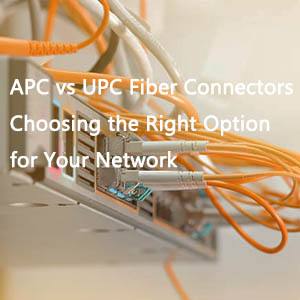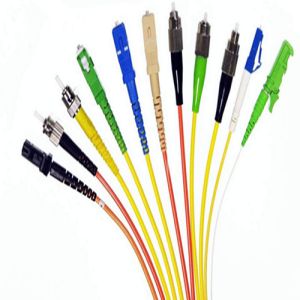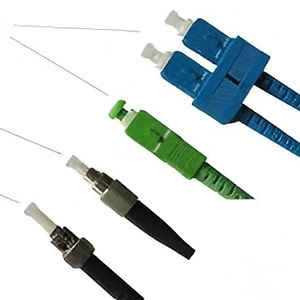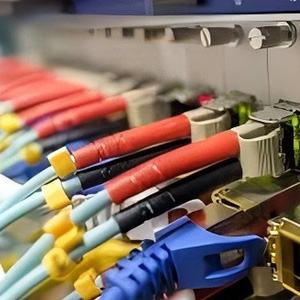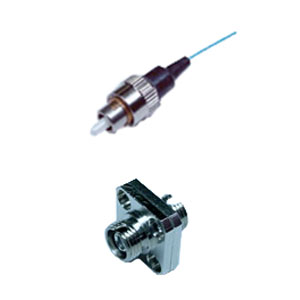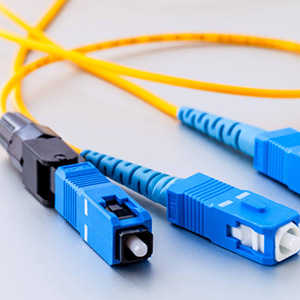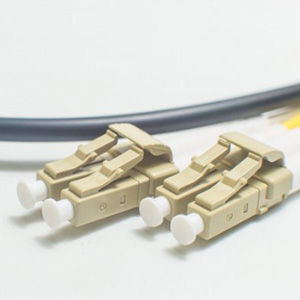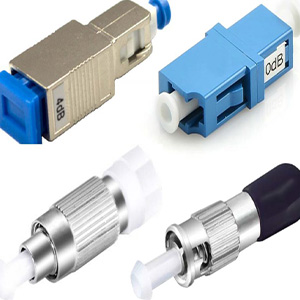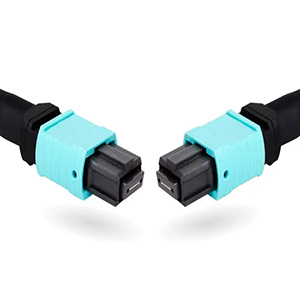Fiber optic cables, while possessing numerous advantages, are not immune to a phenomenon akin to that of copper cables—attenuation. Attenuation is the progressive loss of light as it propagates along the fiber, stemming from various factors such as scattering, absorption, intrinsic and extrinsic losses, and bending losses. Grasping the types of losses within your system is essential to determine the additional components necessary for compensating these effects. This article delves into the concept of attenuation and its implications for fiber optic systems.
Intrinsic and Extrinsic Losses in Fiber Optic Cables
01:Scattering Loss
A form of intrinsic attenuation, scattering is responsible for the majority of attenuation in fiber cables, accounting for 95 to 97 percent of the loss. As light traverses the fiber, it interacts with microscopic densities, resulting in partial scattering in multiple directions. This process, known as Rayleigh scattering, is named after Lord Rayleigh, who first elucidated this effect in the 19th century. Rayleigh scattering is also the key to understanding why the sky appears blue, as it explains the scattering of the sun’s blue wavelengths by atmospheric particles.

02:Absorption Loss
Comprising 3 to 5 percent of total attenuation, absorption occurs as all materials, even the most transparent glass, absorb some light. The extent of absorption hinges on the material type and the light’s wavelength. For instance, sunglasses demonstrate absorption by allowing only a fraction of light energy to pass through, with the remaining wavelengths absorbed by the lens’s impurities.

03:Bending Losses
Bending losses emerge when light is scattered and lost as it navigates bends in the cable. The greater the number of bends, the higher the loss. Microbending, which occurs on a small scale (typically less than 1 cm radius), can be induced by minor temperature, pressure, or mechanical stress variations. Conversely, macrobending happens on a larger scale (more than 1 cm radius) and is often the result of significant environmental changes or physical manipulations.
Measurement and Mitigation of Attenuation
Attenuation is quantified in decibels per kilometer (dB/km) and can be converted to a loss value for a specific cable length. Notably, shorter wavelengths suffer less absorption, which is why single-mode fibers exhibit lower losses than multimode fibers at equivalent lengths. The attenuation of a fiber is influenced by the cable’s wavelength and length; the longer the cable, the greater the power absorbed through scattering and absorption.

To minimize attenuation, high-quality fiber optic cables and components are employed, and cables are often encased in protective sheaths to mitigate environmental impacts. Understanding the attenuation characteristics of your fiber optic system is crucial for effective planning and deployment of networks.
Conclusion
Attenuation is a critical consideration in the design and implementation of fiber optic networks, as it dictates the maximum signal transmission distance without the need for amplification or signal regeneration. By selecting superior fiber optic materials and employing strategic installation practices, one can significantly reduce attenuation and enhance the performance and reliability of fiber optic communications.


